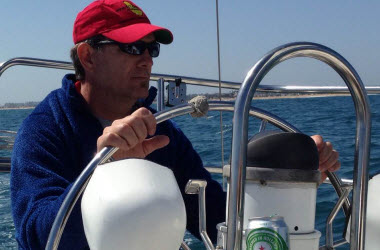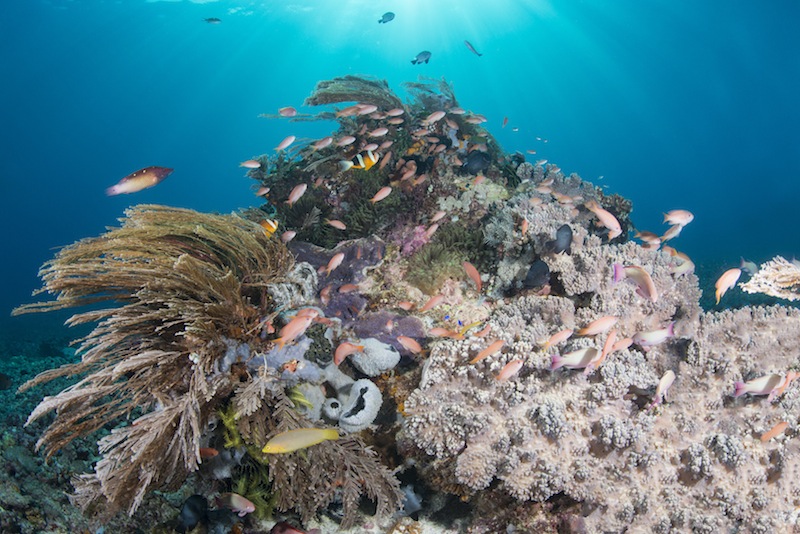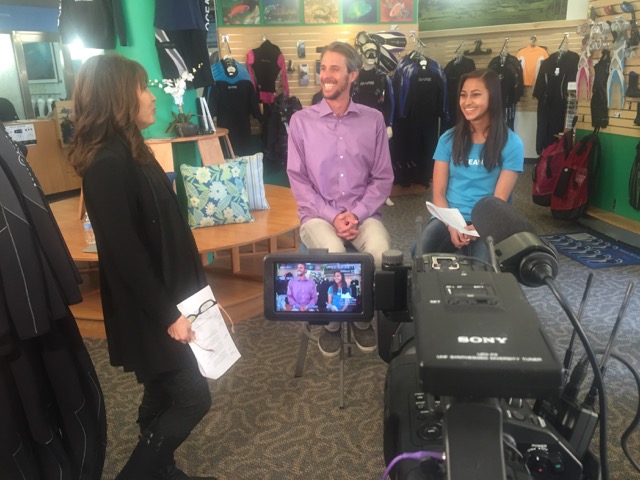July 21, 2016
Virtual Reality, “VR”, 360, Oculus Rift: these terms have been creeping into our vernacular over the past few years, but for most people they don’t mean much, other than that the main stream media and a bunch of geeks are very excited about their upcoming arrival.
It is hard to fathom the implications of virtual reality and explain what it is like without having ever personally experienced it through the futuristic looking headset. I have introduced this virtual experience to dozens of people and watched as they step out of this world and into a new one, whether diving through coral reefs in Indonesia or flying past Saturn in outer space.
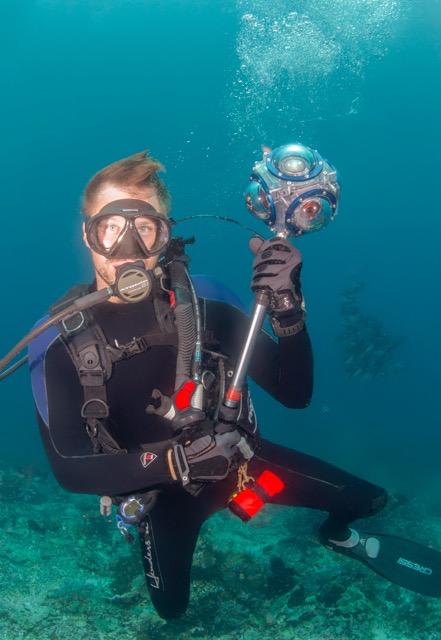
As a 360 filmmaker, my biggest reward from sharing this experience is to watch the participants’ bewildered faces after realizing they never left the crowded room in which they began, even though they were so fully submersed in an alternate reality thousands of miles away. On one occasion, I had someone tell me that his virtual reality experience gave him a glimpse into the future and actually changed his outlook on reality.
It’s honestly quite remarkable to realize how intensely credible of an experience virtual reality can be.
My name is Georg Beyer and I am a 360 videographer and filmmaker. While I’ll spare you from delving too much into boring technical jargon of parallax, control points, stitching errors, etc., I will tell you that shooting 360 video is one heck of an undertaking. It starts with a 6-camera setup, assembled in cubical fashion, and ends with editing and merging all six separate videos to create an 8k spherical video (16 times the resolution of full “HD”).
While there are plenty of “rules” to follow in photography and traditional filmmaking, 360 videography is such a new medium for storytelling that the rule book is yet to be written, paving the way for endless creativity in this emerging field. For example, while you would traditionally film from one angle aiming in one direction to capture one specific scene, with 360 videography you want to create an immersive experience by being in the middle, surrounded by visual stimuli at every angle. This creates a wonderful challenge from the artist’s standpoint.
Just as digital cameras have evolved from taking still images to having video recording capabilities, virtual reality has rapidly advanced as well. Years ago I entered this field by creating virtual tours through stitching multiple still photos together to create a panoramic image sphere. The same principle still applies, but with a multitude of advancements brought about by giant strides in computational power and camera capabilities. These advancements have allowed us to not only record but also display and interact with moving, 360 degree videos.
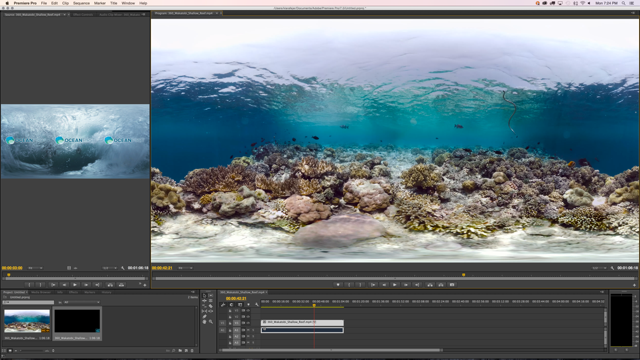
With the accessibility of smartphones, the long anticipated release of Oculus Rift and HTC Vive this past spring, the virtual reality technology that used to be something only an elite few would tinker with is now becoming available to the masses.
Soon, any normal consumer will be able to take their lunch break in Tahiti, relax in a rainforest in Costa Rica on their train commute home, or fall asleep at night while sitting on the moon and watching the Earth go by. Conservation groups and environmental advocates will be able to use this technology to bring awareness to their causes around the world, creating a fully immersive experience to expose people to the impact humans are having on specific ecosystems. Human rights activists will be able to bring the world closer together and promote empathy across cultures, by using this technology to create an experience where you are literally walking in someone else’s shoes.
With all of the potential applications virtual reality will inevitably have on our future, I’m looking forward to filming and developing more 360 content around the world to help create a deeper understanding of the beauty and fragility of the small blue dot we call home. Virtual reality not only shows you images. It also teleports you to that very place. It is my hope that these experiences will help preserve this planet, its animals, fish, reefs and forests, to ultimately make this world a better place.
Georg Beyer, Threesixty Virtual Tours

